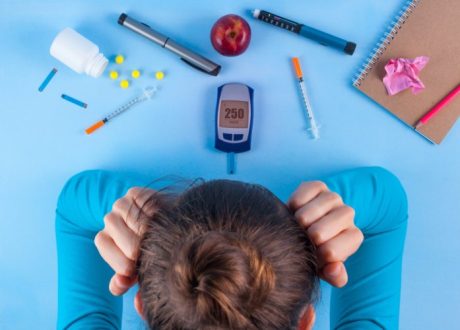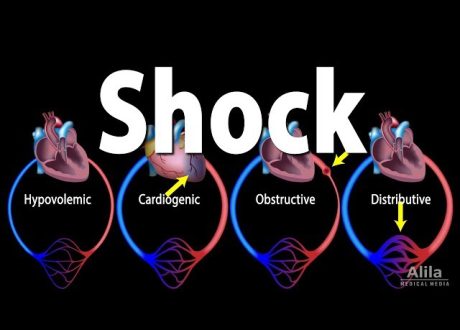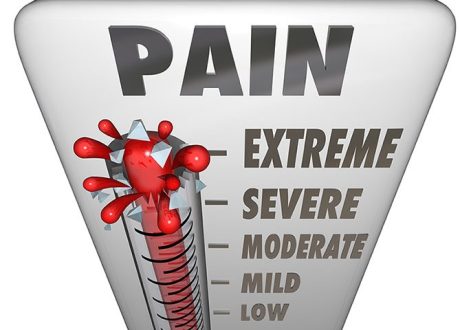Written by Chris Thom
![]()
Diagnostic characteristics that help differentiate testicular torsion from other causes of acute scrotal pain include vomiting, age > 13, scrotal edema, and palpation of a hard testis. Use caution with normal ultrasound results in those with high pretest probability.
Why does this matter?
Testicular torsion requires accurate diagnosis and timely intervention to avoid morbidity. The clinician must differentiate torsion from more benign causes of acute scrotal pain. There is unfortunately a large degree of overlap in signs and symptoms of testicular torsion with other causes of scrotal pain. Which features are most helpful in differentiating acute testicular torsion?
Don’t delay when blood flow is not okay….
This was a retrospective chart review of patients age 0 to 17 with acute scrotal complaints at one hospital in Lithuania between 2011 and 2020. The authors identified 196 cases of testicular torsion and 359 cases where an alternate etiology was responsible (e.g. – torsion of appendix testis, epididymo-orchitis, and trauma). They used final discharge diagnosis and scrotal surgical exploration (when it occurred) as their reference gold standard.
A multivariate regression analysis demonstrated the following elements were associated with a positive odds ratio for testicular torsion: age > 13 years (OR 8.4, 95%CI 5 to 14), duration of symptoms < 7 hours (OR 3.4, 95%CI 2 to 5.7), hard testis on exam (OR 4.65, 95%CI 2 to 10.7), scrotal edema (OR 2.4, 95%CI 1.3 to 4.3), vomiting (OR 4.4, 95%CI 2 to 9.4), and abdominal pain (OR 2.4, 95%CI 1.3 to 4.5). Palpable torsed testicular appendage, blue dot sign, and scrotal erythema were all associated with negative likelihood ratios for testicular torsion.
Importantly, radiologist performed ultrasound for the presence of testicular blood flow had a low sensitivity (58.3%, 95%CI 51-66) in this cohort. In the context of high pretest probability, clinicians should not rely on a negative ultrasound to rule out the diagnosis.
Source
Clinical risk factors for testicular torsion and a warning against falsely reassuring ultrasound scans: a 10-year single-centre experience. Emerg Med J. 2022 Dec 16;emermed-2021-211946. doi: 10.1136/emermed-2021-211946. Online ahead of print.










